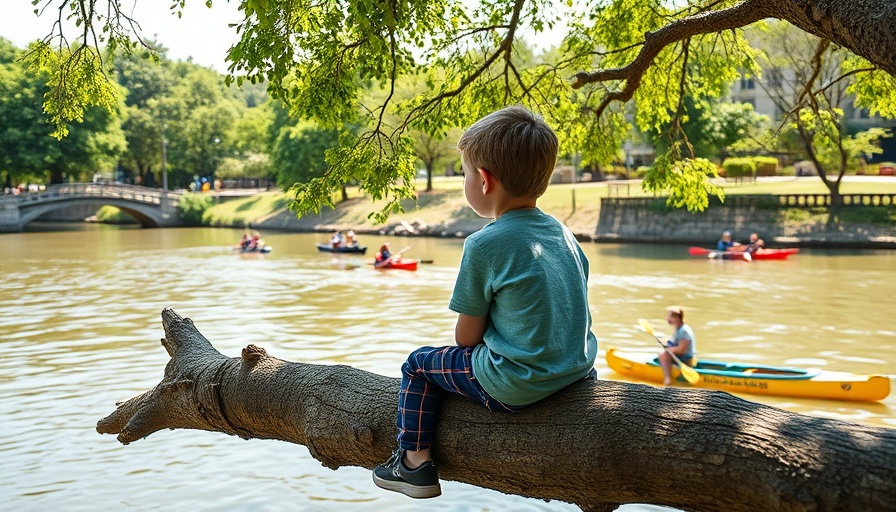
The Texas Border: A Cultural Renaissance for Film
The Texas-Mexico border is often depicted in films through a lens of violence and crime, but a new wave of local filmmakers is reshaping this narrative. As they reclaim their stories, communities along the border are cultivating a unique cinematic identity, revealing the normalcy of life on the border that goes unnoticed by the wider world.
Filmmakers Taking Control
Recent films like The In Between, Hummingbirds, and Going Varsity in Mariachi are illuminating the daily lives of border residents, moving beyond stereotypes. Director Roberta Flores emphasizes that viewers from the region reacted differently to her film, viewing it as a reflection of reality rather than a suspenseful thriller. "Our plan worked," Flores noted, highlighting the importance of local perspectives in storytelling.
The Changing Landscape of Storytelling
The 2023 documentary Hummingbirds showcases two girls enjoying a summer in Laredo, highlighting the everyday experiences of those living alongside the Rio Grande. Instead of being consumed by the complexities of migration and crime, the film focuses on simple joys, such as waving at neighbors across the river. This shift in narrative serves to challenge preconceived notions and stereotypes about border life.
Bringing Authentic Voices to the Forefront
With new voices emerging from the region, filmmakers are producing works that reflect curated experiences of their communities. For example, in Going Varsity in Mariachi, the focus on a high school band's struggles and triumphs resonates with universal themes of hard work and teamwork, even though it's deeply rooted in a border town's unique culture. The authenticity creates a connection that audiences find relatable, transforming how the border is perceived.
The Need for Support and Infrastructure
Despite the promising directions these new films are taking, local filmmakers face significant hurdles. They require greater support and infrastructure to sustain this burgeoning film movement and elevate their stories. Investing in the necessary resources can lead to a richer representation of the border—which is often reduced to headlines about crime and immigration.
Looking Ahead: The Future of Border Cinema
As storytelling continues to evolve, the future of film in this area looks promising. Engaging documentaries that portray daily life will likely gain further traction, allowed by local filmmakers armed with cameras and talent. By creating narratives that contribute to a broader understanding of the border experience, these filmmakers are not just telling their stories—they're shaping the sociocultural fabric of the region for generations to come.
In conclusion, the growing emphasis on local narratives marks an essential turning point for film in Texas's border regions. To support this compelling movement, audiences are called to engage with and advocate for these films, ensuring that authentic voices have the platform they deserve.
 Add Row
Add Row  Add
Add 




 Add Row
Add Row  Add
Add 

Write A Comment